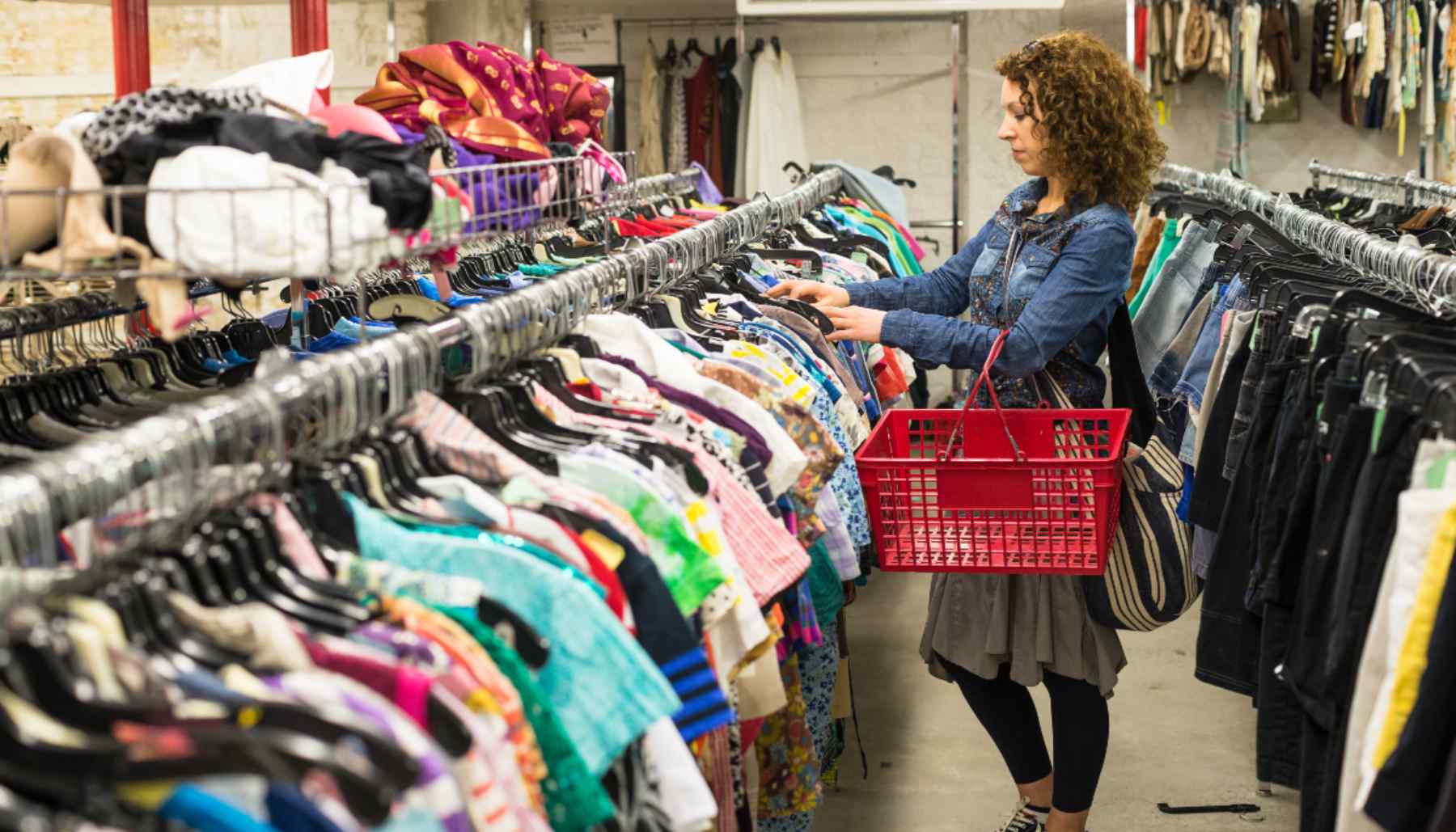TED Talk Outline
Oral Content
Topic: Why people, especially college students, should choose thrifting over fast fashion.
Purpose: Educate audience to make ethical and sustainable clothing purchases
Thesis Statement: If you’re someone who claims to support sustainability and care about the environment, you can’t be supporting fast fashion companies.
Introduction: How many of you believe that we’re in a climate crisis now? Pause. How many of you think that we should be trying to make more sustainable choices to fight climate change? Pause. I think we’re all past the point of debating whether or not climate change is a major issue. We know that it is. Despite this awareness, there’s a significant disconnect between the values of Gen Z consumers and our actions. This discrepancy is shown clearly in the fast-fashion obsession held by a staggering 71% of college students according to research by Forbes. Not only is fast fashion an unethical industry for how it treats workers, it’s an environmental disaster.
Visual showing statistics.
I remember when I made a purchase from Shein in middle school. I had a little spending money from a birthday, and I was shocked how much that could buy me on the Shein website. When the items I chose came a couple weeks later, they were all individually packaged in plastic bags. When I opened the bags, my hands met fabric that felt like plastic, and I saw clothes that didn’t look like the website said they would. After this disappointing experience, I did some looking into the company and was met with headline after headline describing Shein as an environmental disaster and ethical calamity. I would love to say that I never purchased from the brand again, but it took me two more purchases to finally put my foot down and decide I would no longer support the company, the adverse effects simply weren’t worth it.
Visual showing Shein Package.
Today, as a pushback to fast fashion, thrifting has emerged as a quickly growing trend. Now there’s more ways to buy second-hand than ever before and thanks to various influencers, the stigma around second-hand clothing has shifted from low-class to trendy. Despite this, people continue supporting fast fashion brands, at high environmental costs. In order to end this, people must consider purchasing clothing as an investment with heavy impacts, rather than a quick purchase to stay on trend.
Visual showing thrifting content on social media.
Body
Main Idea: The prices in fast fashion may be low, but the societal costs are too high.
Support: Across the fast fashion industry, eighty-seven percent of the material used to produce items will end up in a landfill or an incinerator. The industry is responsible for many other environmental violations, including producing twenty percent of global wastewater, thirty-five percent of the microplastics in our oceans, and using a total of ninety-eight billion tons of nonrenewable resources every year (Ruiz). When the cheaply made clothes wear out, consumers are quick to purchase new items because of the low prices. Thus, the cycle of ethical and environmental harm continues.
Visual: Image of fast fashion waste
Main Idea: Second-hand clothing is more widely available than ever before, it’s easier than ever for you to make a sustainable and ethical choice.
Support: With the growing popularity of thrifting, the introduction of apps like Poshmark and ThreadUp and the growing popularity of thrift stores in general, have made thrifting a more widely available option than ever before. However, the scale of the second-hand clothing industry is less than half that of the fast fashion industry. This means that increasing availability isn’t enough. Consumers have to actively consider their decisions and understand the impacts of their clothing choices.
Visual: images of apps and stores that sell second-hand clothing
Concluding Remark: Next time you go to purchase a piece of clothing, think about the far-reaching impacts that action can have. If you’re looking at a fast fashion brand, ask yourself, is the low price on the tag worth the high price to society?
Visual: price tag
Sources:
https://www.vox.com/the-goods/2021/7/19/22535050/gen-z-relationship-fast-fashion


